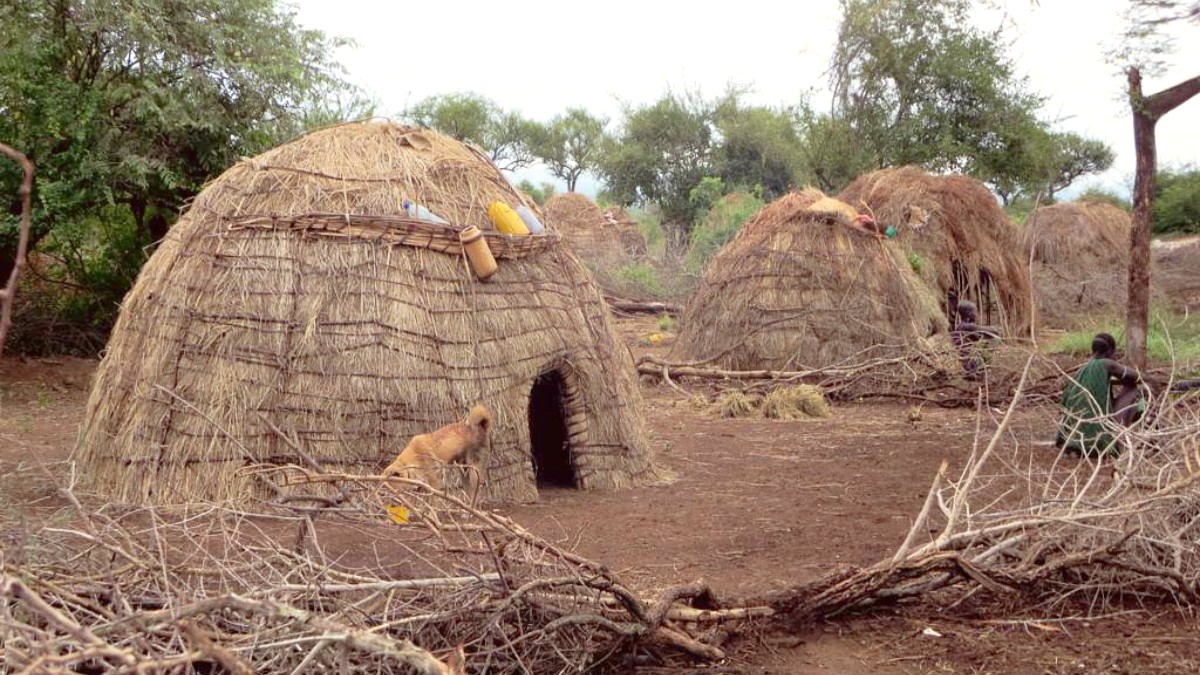
Ethiopia
Basic and budget-friendly, found in towns like Jinka, Afer, and Turmi. Simple rooms often with shared or cold-water private bathrooms.
Mid-range options in Turmi and Jinka, sometimes with hot water and restaurants. A comfortable base for daily activities.
Mobile or semi-permanent camps in scenic, remote locations. Basic amenities with focus on being close to nature.
Very basic accommodations run by local communities. An authentic, rustic stay that directly supports the community.
Possible in some areas with prior arrangement and permission, often part of organized tours. For adventurous travelers seeking more time near specific tribes.
Some tour operators facilitate very basic homestays. These offer unique cultural immersion, staying within a local family's compound, requiring adaptability.
The concept of short-term apartment rentals for tourists does not exist in the Omo Valley.
Accommodation in the Omo Valley generally focuses on functionality and cultural proximity rather than unique property types.
The Omo Valley is vast. Your choice of base town directly impacts access to different tribal groups.
The Omo Valley is generally safe for tourists when traveling with a reputable guide. Localized inter-tribal issues occasionally occur in remote areas; tourists are rarely targeted.
Petty theft, like pickpocketing, can occur in crowded market areas in towns. Keep your valuables secure. Your tour operator monitors local conditions.
Securing your accommodation in advance, especially with a tour operator, streamlines your Omo Valley trip.
Planning your itinerary to minimize backtracking is advisable to maximize time at attractions.
In remote areas, expect peaceful rural life, with distant village sounds.
Here are some general recommendations for different traveler types.
For travelers on a tighter budget, local guesthouses in Jinka and Turmi are the main choices.
These lodges offer more comfort, private bathrooms, and often a restaurant.
Family rooms are rare. Lodges like Buska Lodge or Turmi Lodge can accommodate families with multiple rooms. Facilities are basic.
Solo travelers consider joining a small group tour. This is cost-effective as major expenses (4x4 vehicle, guide) are shared.
Long stays are uncommon for tourists in the Omo Valley. Most visits last between 3-7 days.
The region's infrastructure is not set up for extended stays by tourists.
The experience centers on cultural and natural exploration rather than long-term residence.
There are no dedicated long-stay accommodations available for tourists.
Accommodation in the Omo Valley is mainly functional, providing a base for exploration.
Cultural significance comes from interacting with the local communities and visiting their villages, not from the lodging itself.
Some lodges incorporate local design elements, but none are recognized historical landmarks.
The true cultural experience is found in the broader Omo Valley region.
While Hostelworld is a global platform, dedicated hostel facilities like those in major cities are not typically found in the Omo Valley.
Platforms like TrustedHousesitters for house/pet sitting are not relevant to Omo Valley travel due to the region's nature.
Be aware that the Omo Valley is a remote region. Accommodation will reflect this with simpler amenities compared to urban areas.
Electricity may be inconsistent. Many lodges rely on generators that run during specific hours.
Water pressure and hot water availability can vary, especially in more basic guesthouses.